It was always a bit of a puzzle what the people clustered on the sands, or peering down from the dunes, were actually looking at on a bleak stretch of windswept Dutch beach. The startling truth has just been revealed, after the conservator Shan Kuang took a delicate scalpel to a painting which has been in the collection of the Fitzwilliam Museum in Cambridge for the past 140 years.
She first uncovered a baffling figure of man apparently standing in mid air, and then gradually revealed that he was standing on the great hillock of a beached whale, washed up on the shallows.
The 1641 landscape, View of Scheveningen Sands by Hendrick van Anthonissen, was very nicely painted, but perhaps one of the less exciting paintings in the museum's Dutch Golden Age collection.
There was certainly no whale when it came to the museum in 1873, bequeathed by Edward Kerrich, a clergyman, artist, and collector; the museum was probably much more excited by his oil sketches by Rubens, and drawings by masters including Albrecht Dürer.
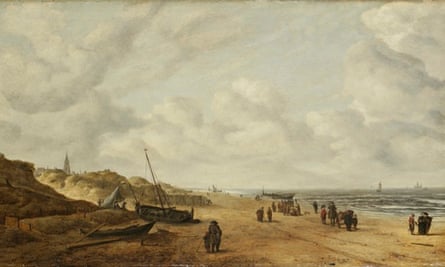
Neither the curators nor Kuang have been able to trace any earlier reference to the whale, or to the overpainting that sank it. Kuang can't date the extra layer of paint, much more crudely applied than the original, though she suspects it may be 18th century and done because an owner thought the subject matter repellent, or a dealer thought the picture would sell better without a great dead animal taking up the middle ground.
"Today we treat works of art as entities, but in the previous centuries paintings were often elements of interior design that were adapted to fit certain spaces – or adjusted to suit changing tastes," she said.
The painting only came to her at the Hamilton Kerr Institute, a division of the museum renowned for paintings research and conservation, because the Dutch Golden Age gallery, which reopens to the public this week, was being renovated.
The varnish of the beach scene had yellowed and become unsightly, but as she removed it the mid-air man appeared, beside what appeared to be a sail. She could also see that a stretch of the sea was clearly a later addition. There was a long debate among the experts about the potential risk of damaging the painting before she proceeded to remove the overpainting, using a scalpel and solvents, working on tiny areas under a microscope.
The whale was a complete surprise – they thought the little man, who may actually have been depicted measuring the great creature, might have been standing in the rigging of a boat.
The curators were interested that unlike contemporary prints showing whales as terrifying monsters and omens of disaster, Anthonissen had depicted one in a real event. Records show there were many reports of beaching whales in the Netherlands in the early 17th century, prompting a surge of public interest in the creatures.
Such strandings, being studied by scientists all over the world, still cause great excitement, attracting crowds and often doomed attempts to refloat them. Huge crowds turned out to watch the Thames whale, which got as far upstream as Battersea in January 2006, but died during a rescue attempt. The skeleton is now in the collection of the Natural History Museum.
There were fears six weeks ago that the bloated carcass of a dead blue whale which washed up near the Newfoundland town of Trout River, swollen to twice its normal size, could explode. It deflated naturally, but was followed a few weeks later by a second even larger dead whale at nearby Rocky Harbour. Scientists believe both animals, from an endangered species, may have died trapped under thicker-than-usual Arctic pack ice.
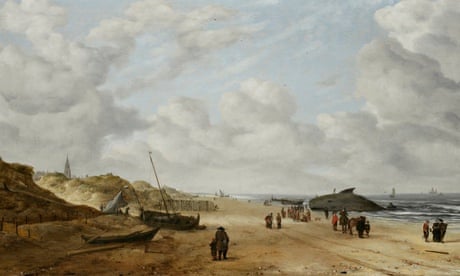
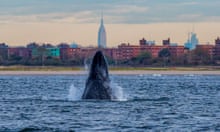
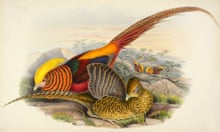
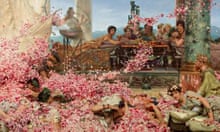
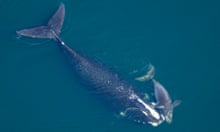

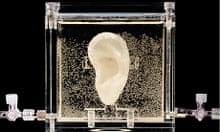




Comments (…)
Sign in or create your Guardian account to join the discussion